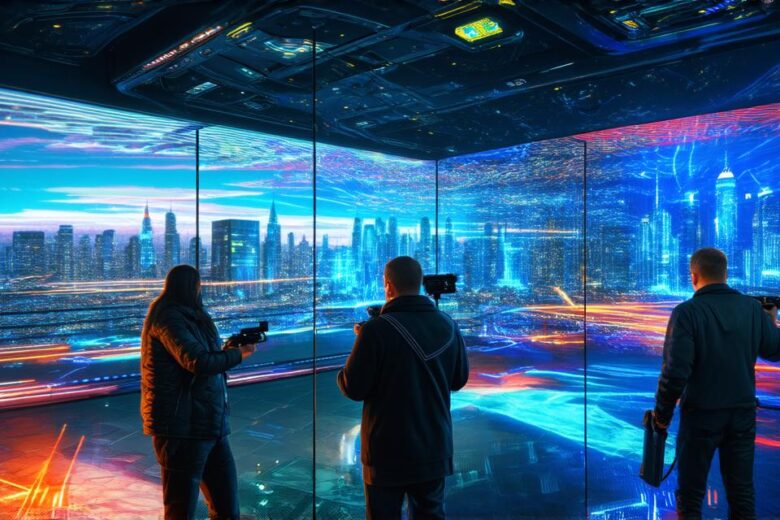Augmented reality (AR) is a technology that allows digital objects to be superimposed onto real-world environments, creating an interactive experience for the user.
AR can be defined as a computer-generated simulation or visualization that enhances or “augments” a real-world environment. In simple terms, AR inserts digital elements into the real world, making them appear to be physically present and interactive.
The most common example of AR is seen in mobile apps like Pokémon Go, where users can capture virtual creatures by pointing their phone at a physical location in the real world. Another popular example is IKEA’s AR app, which allows customers to see how furniture would look in their home before making a purchase.
AR can be achieved through various technologies, including computer vision, image recognition, and 3D modeling. These technologies work together to create an interactive experience for the user, allowing them to interact with digital objects in a realistic way.
There are different levels of AR, ranging from basic augmentation to advanced augmentation. Basic augmentation is when digital objects are superimposed onto real-world environments, but they do not interact with the environment. Advanced augmentation, on the other hand, allows users to interact with digital objects in a more realistic way, such as by touching or moving them.
AR has numerous applications across various industries, including education, entertainment, and healthcare. For example, AR can be used in medical training to simulate surgeries, allowing doctors to practice their skills in a safe environment. In the entertainment industry, AR can be used to create interactive video games or immersive experiences for moviegoers.

In conclusion, augmented reality is a technology that allows digital objects to be superimposed onto real-world environments, creating an interactive experience for the user. AR can be achieved through various technologies and has numerous applications across various industries. Whether it’s in education, entertainment, or healthcare, AR has the potential to revolutionize the way we interact with the world around us.
